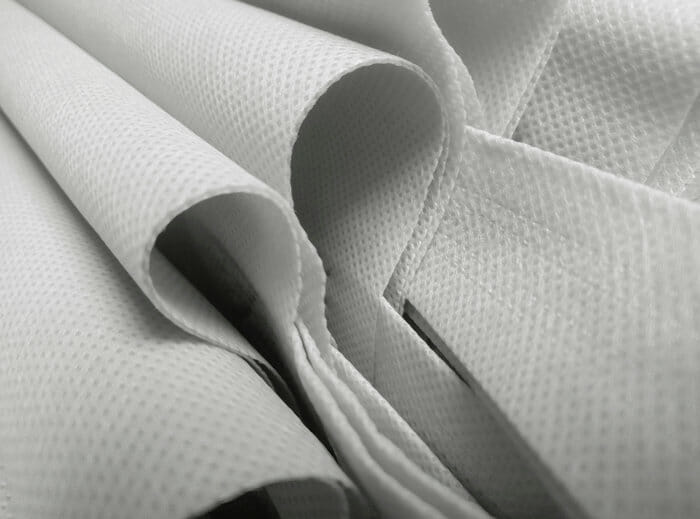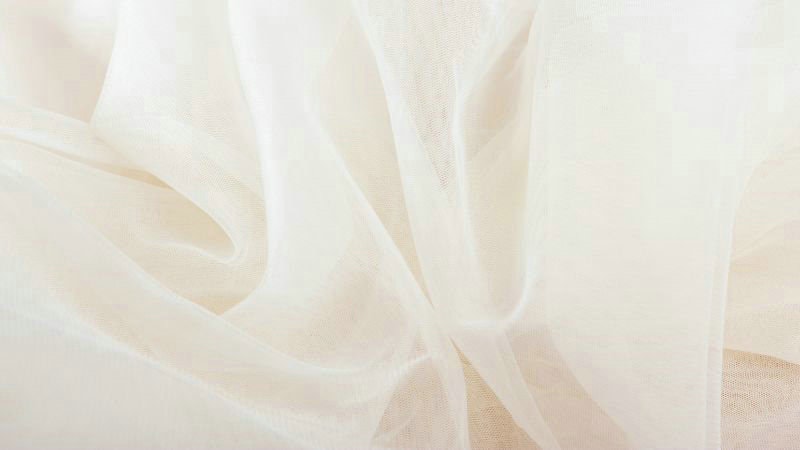Silk and satin are two popular fabrics. Understanding the distinctions between silk and satin is crucial for making informed decisions when selecting fabrics for clothing, home furnishings, or other applications.
This article will delve into the key differences between these two materials, examining factors such as composition, appearance, feel, breathability, durability, care requirements, and cost.
Understanding Silk and Satin
What is silk?
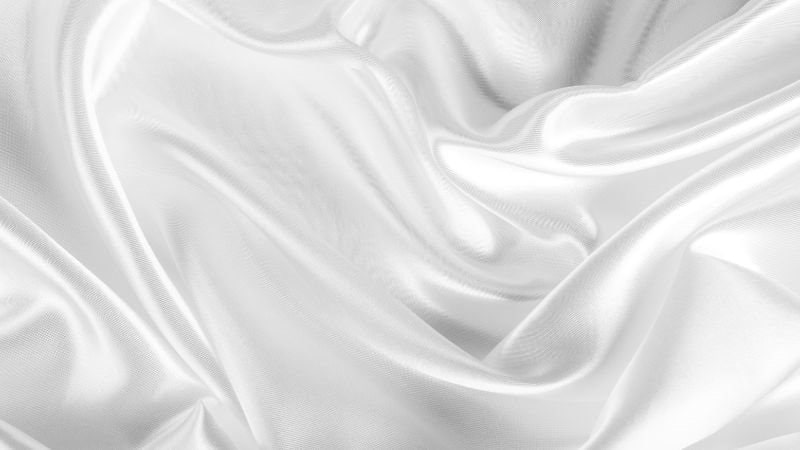
Silk is a natural fiber which produced by silkworms, primarily the Bombyx mori species, to form their cocoons.
Silk fabric has a distinctive shimmering appearance due to the triangular prism-like structure of the silk fibers, which allows the fabric to refract light at different angles. It is highly breathable and has moisture-wicking properties, making it comfortable to wear in various climates.
What is satin?
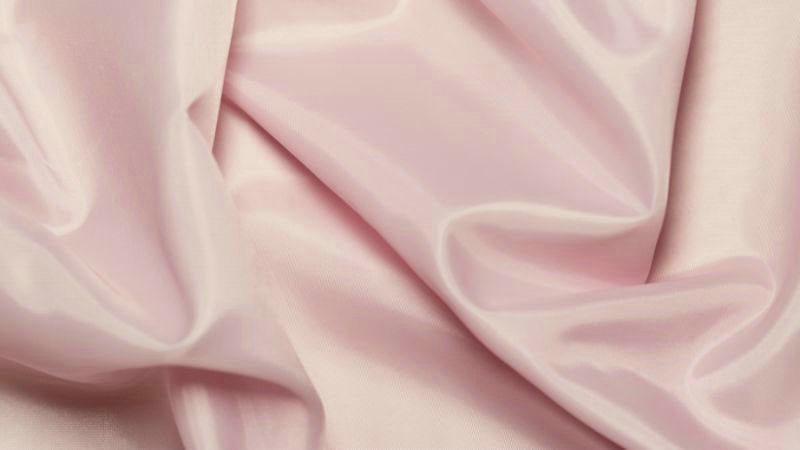
Satin fabric is a synthetic fabric that refers to a type of weave that creates a smooth, glossy, and lustrous material with a characteristically soft and silky feel. Satin can be made from various fibers, including silk, polyester, nylon, rayon, or blends of these. If made from filament fibers like silk, it is considered a true satin, while if made from short-staple fibers like cotton, it is called sateen.
The satin weave creates a very smooth, glossy, and lustrous surface on the face of the fabric. Light reflects off the surface, giving satin its signature sheen.
What Are the Differences Between Silk and Satin
| Characteristic | Silk | Satin |
|---|---|---|
| Composition | Natural protein fiber produced by silkworms | Weave that can be made from various fibers (silk, polyester, nylon, rayon, cotton, or blends) |
| Appearance | Distinctive shimmering appearance due to triangular prism-like structure of fibers; shiny on both sides | Glossy surface on one side and a dull back due to the satin weave |
| Feel | Naturally soft, smooth, and luxurious to the touch | Soft, smooth, slippery feel, but man-made satin can’t quite match the softness of genuine silk |
| Breathability | Highly breathable and temperature-regulating | Most satin, being made from synthetic fibers, lacks the breathability of silk |
Silk VS Satin: Cost and Sustainability
Silk is more expensive because it is produced by cocoons of silkworms. The process of harvesting silk is labor-intensive. This makes the fabric beautiful, but it often comes with a higher price tag.
On the other hand, satin can be budget-friendly. It’s often made from synthetic fibers like polyester or nylon. These materials are cheaper to produce, so satin usually costs less.
Silk is a natural fiber, making it biodegradable. But, the silk industry raises concerns over its impact on silkworms and the resources needed for production.
Satin, being synthetic, has different sustainability concerns. Production of synthetic fibers uses fossil fuels and can involve harmful chemicals.
How to Care Silk and Satin?
Silk tends to wrinkle easily; satin, especially when made from polyester, on the other hand is less prone to wrinkles.
In summary, silk usually requires more care. It often needs to be dry cleaned or hand washed with gentle detergent.
Satin can sometimes be machine washed on a gentle cycle, especially if it’s made from synthetic fibers.
How to Choose Between Silk and Satin?
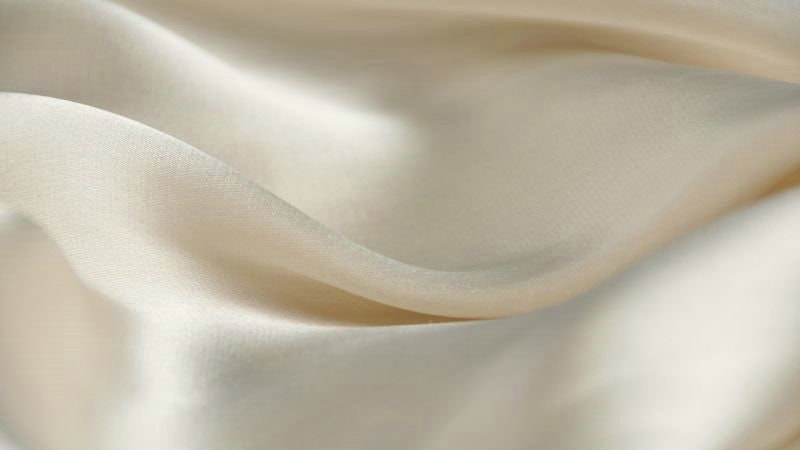
What are the advantages and disadvantages of silk?
Advantages of Silk
- It is a soft, smooth, and luxurious fabric that feels pleasant against the skin
- Naturally hypoallergenic and resistant to dust mites, mold, and fungi, making it ideal for those with allergies or sensitive skin
- Breathable fabric with good moisture-wicking properties that help regulate body temperature, keeping you cool in summer and warm in winter
- Has a beautiful natural sheen and drape that makes it a popular choice for high-end fashion and home decor
Disadvantages of Silk
- Expensive compared to other fabrics due to the labor-intensive production process and limited supply
- Delicate fabric that is prone to snagging, tearing, wrinkling, and sun damage, requiring special care when washing and storing
- May fade and yellow over time with exposure to sunlight
- Can be slippery and may not provide as much warmth as other insulating materials like wool
What are the advantages and disadvantages of satin?
Advantages of Satin :
- Less expensive than silk, making satin a more affordable option
- Generally more durable and easier to care for than delicate silk
- Maximum shine and glossiness compared to silk
Disadvantages of Satin:
- Less breathable and not temperature regulating like silk
- Prone to snagging, pulling, and abrasion damage more easily
- Static electricity issues
- Slippery and difficult to sew
Applications in Fashion and Decor

Clothing and Fashion
Silk is a favorite for high-end fashion pieces like evening gowns, blouses, and lingerie. Its soft texture and natural sheen make it perfect for elegant and comfortable clothing.
Satin, on the other hand, is often more affordable than silk; satin is ideal for creating eye-catching dresses, skirts, and even wedding gowns. Synthetic satin is popular because it provides a similar look to silk but at a lower cost.
Home Decor and Bedding
In-home decor, silk is used for high-quality bedding like sheets and pillowcases. Silk sheets and silk pillowcases are not only luxurious but also hypoallergenic, making them great for people with allergies. Silk is also used for making curtains and upholstery, adding a touch of elegance to your home.
Satin is widely used for bedding, too. While not as breathable as silk, satin sheets provide a sleek and sumptuous feel. Satin is also a popular choice for decorative purposes, including drapes and cushion covers, adding a glossy finish to your home’s interior.
Frequently Asked Questions
How do silk and satin materials affect hair, and which is preferable?
Both silk and satin can be gentle on your hair, reducing frizz and preventing breakage. Silk naturally contains proteins that can help protect hair, while satin’s smooth texture can reduce friction. If you have sensitive hair, silk might offer more benefits due to its natural properties.
What’s the comparison between satin silk and mulberry silk in terms of benefits for hair?
Satin silk, made from a satin weave of silk threads, is glossy and soft. Mulberry silk, the highest quality silk, is exceptionally smooth and hypoallergenic. Mulberry silk is often preferred for hair care due to its high protein content and smooth fibers, reducing hair damage more effectively than satin silk.
How can I tell if it is real silk or not?
The burn test is considered the most definitive test. Real silk will burn slowly, self-extinguish, smell like burning hair, and leave a soft black ash that can be crushed to powder. Fake silk will burn quickly, smell like plastic, continue burning, and leave a hard melted bead.




